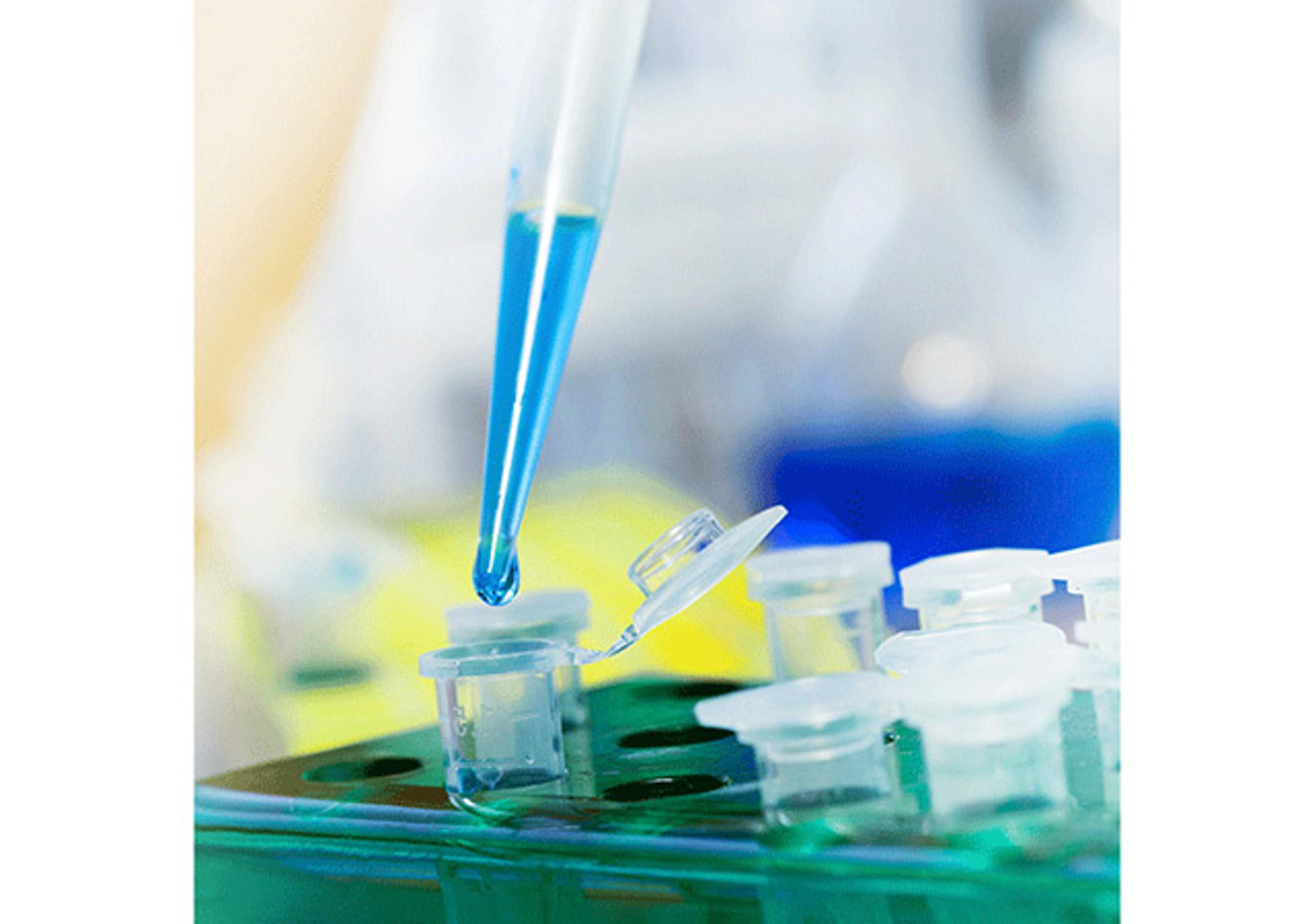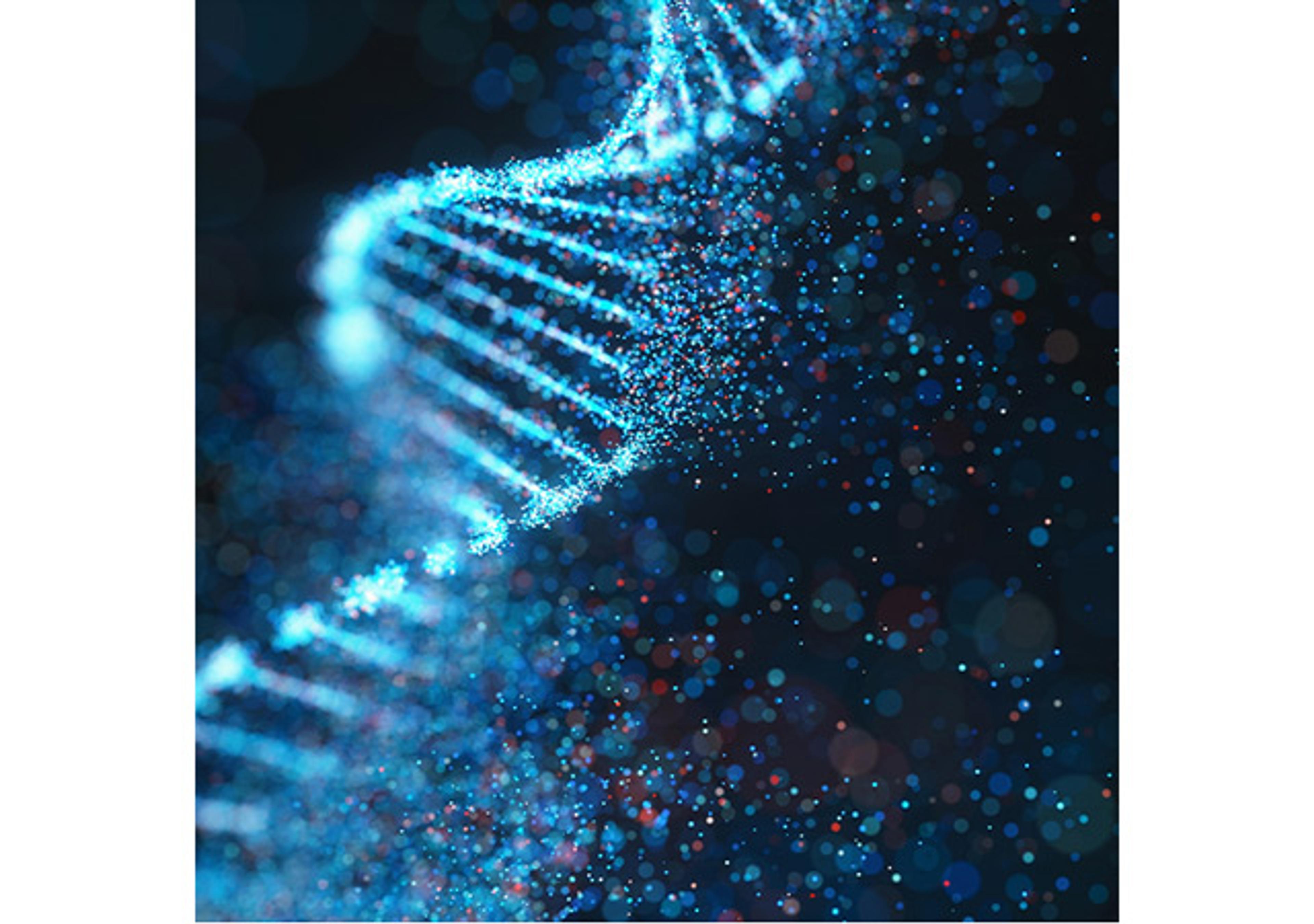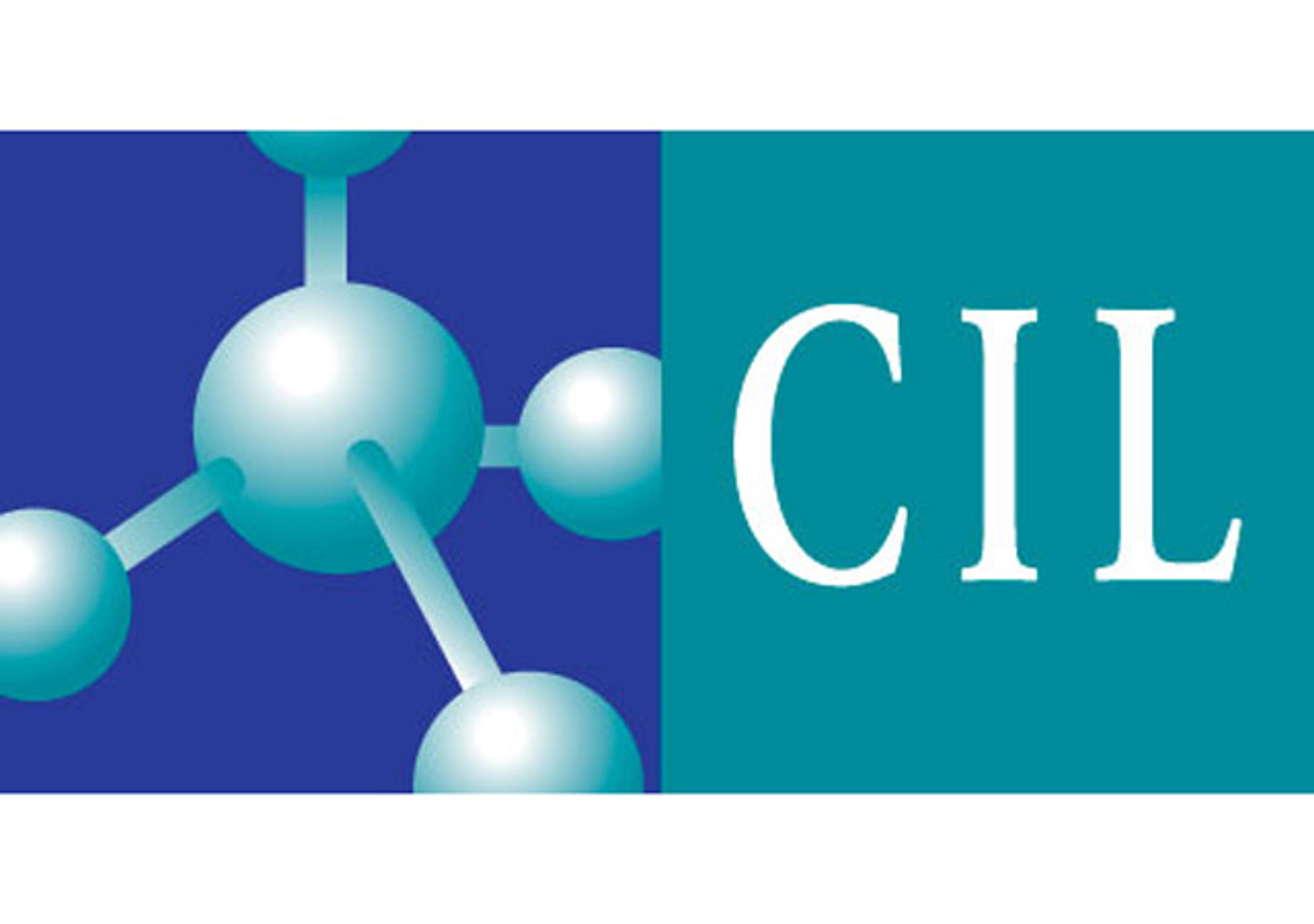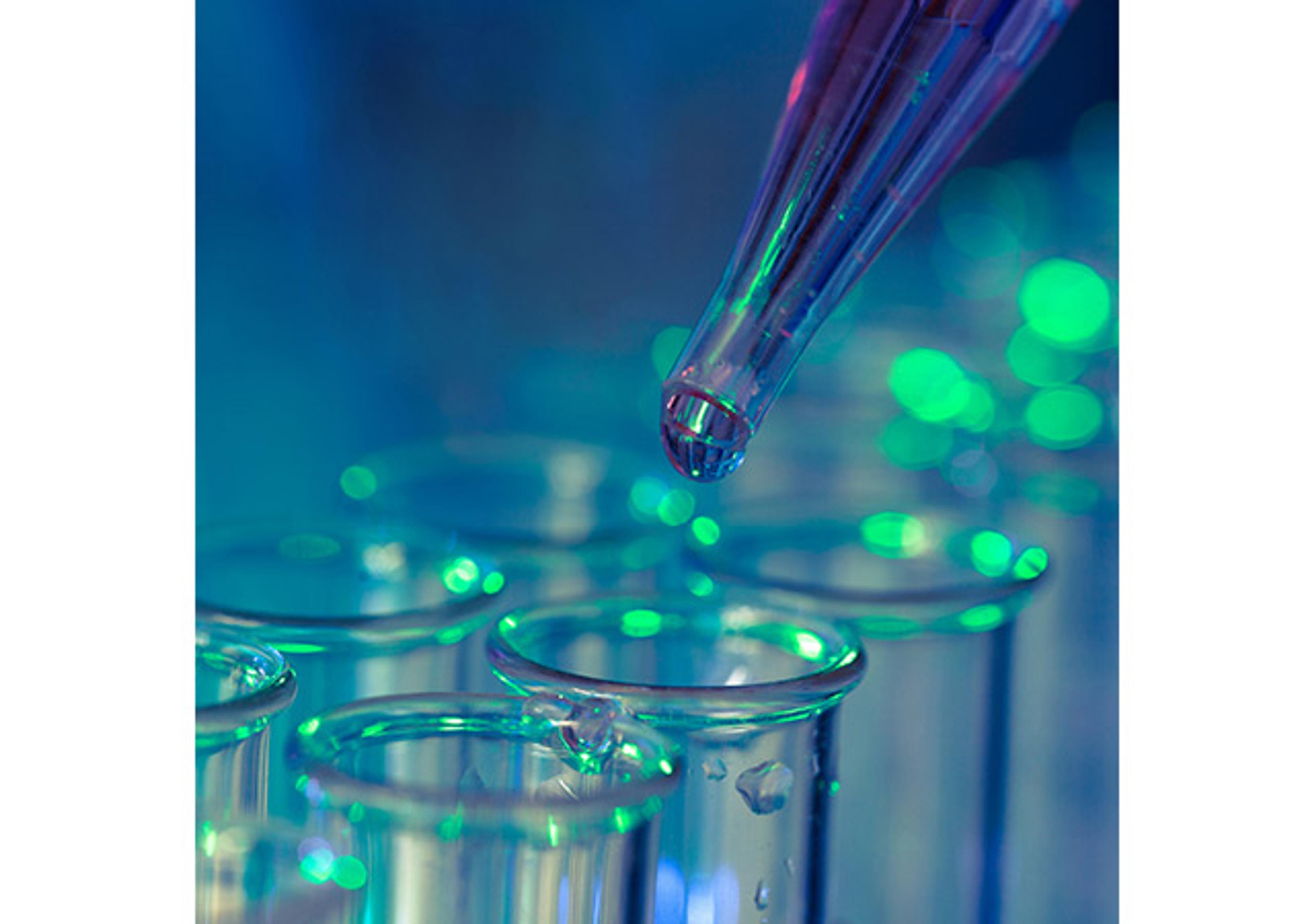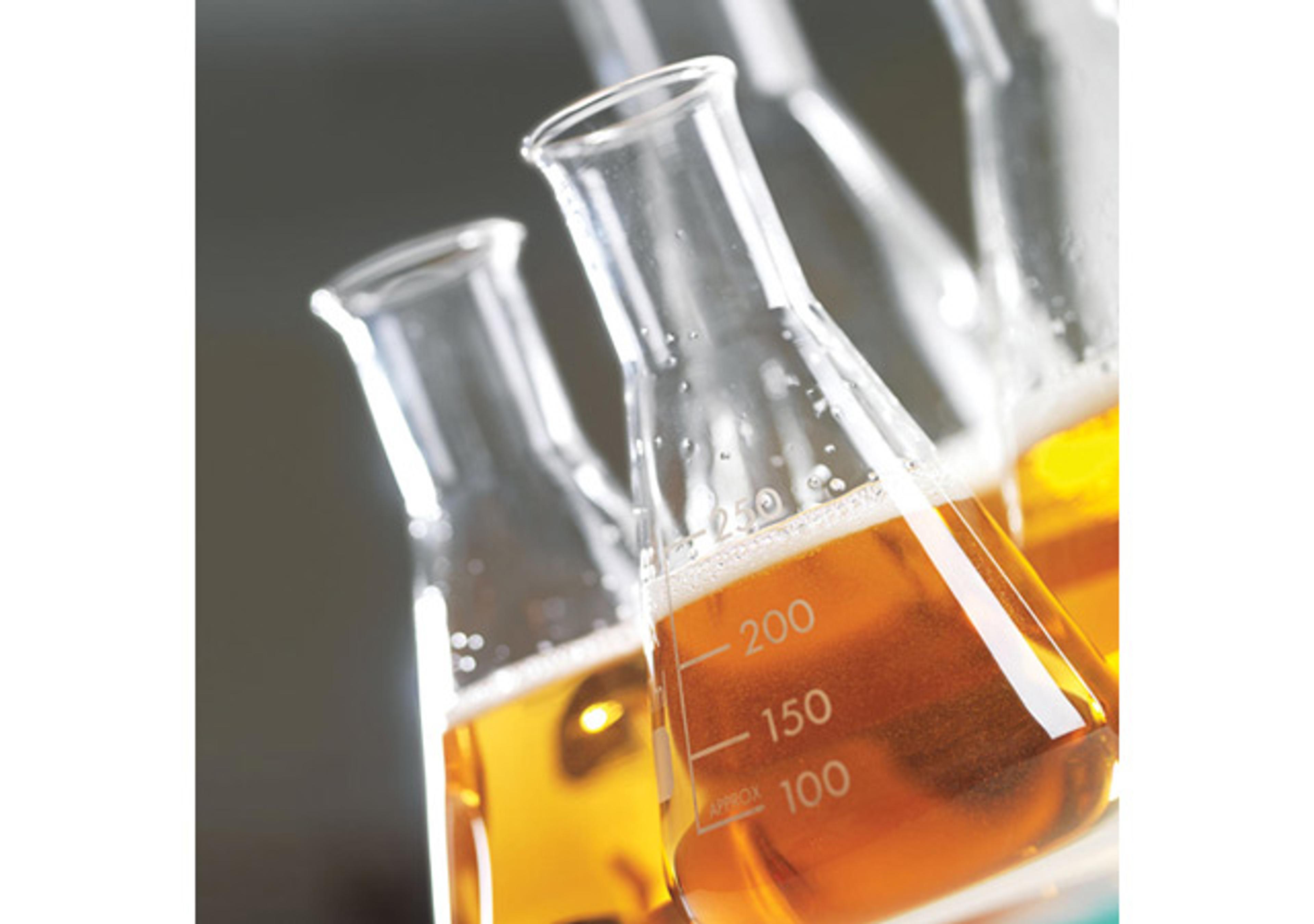DATAN
DATAN 3.0OverviewWith DATAN 3.0 characterization of chemical equilibria and chemical reactions becomes easy. DATAN exploits the great advantage of collecting entire spectra and even higher order experimental data when studying chemical samples. Behind a user friendly interface state of the art algorithms, several of which are proprietary to MultiD, are used to extract chemical information about the samples with minimum assumpt…

The supplier does not provide quotations for this product through SelectScience. You can search for similar products in our Product Directory.
DATAN 3.0
Overview
With DATAN 3.0 characterization of chemical equilibria and chemical reactions becomes easy. DATAN exploits the great advantage of collecting entire spectra and even higher order experimental data when studying chemical samples. Behind a user friendly interface state of the art algorithms, several of which are proprietary to MultiD, are used to extract chemical information about the samples with minimum assumptions. From the experimental data only DATAN determines:
• The number of components present in the samples
• The components’ spectra
• The components’ concentrations
• Equilibrium constants and related thermodynamic parameters
DATAN is particularly useful to
• Characterize chemical properties of potential drug molecules
• Determine spectroscopic properties of dyes and labels
• Study conformational equilibria of proteins and other biomolecules
• Study drug-target interactions
• Analyze chromatographic data
• Study chemical reactions
• Study photochemical reactions
Thermodynamic Titrations
DATAN has very powerful tools to analyze chemical equilibria studied by spectral titrations. From the experimental data only, assuming total concentration conditions and requiring that concentrations obey thermodynamic relations, DATAN determines the number of components present and calculates components’ spectra and concentrations. It also determines the thermodynamic parameters describing the chemical system. All that is needed from the user is to specify an appropriate chemical model. Available models in DATAN 3.0 are:
• Protolytic equilibria ( )
• Oligomerization ( )
• Isomerization ( )
• Complexation ( )
• DNA-ligand interactions ( )
Model Free Analysis
The most powerful analytical tool provided by DATAN is the model free analysis. By adding a third dimension to measurement data, assumptions about the chemical system can be completely ignored. DATAN calculates the components’ responses from the experimental observations only. All that is needed is to open the data sets to analyze and, by a simple click on the mouse, decompose the measured data into components’ responses. The results are clearly presented and advanced plot options make it possible to emphasize the most relevant features in the results.
What makes DATAN different?
DATAN performs principal component analysis (PCA) of the experimental data, as most other chemical analysis software. But, while other programs end here, DATAN goes far beyond PCA. Using advanced optimization algorithms DATAN fits the PCA output to either a thermodynamic model describing the chemical system, or, in the model free approach, to a trilinear decomposition. In both cases real physical responses of the components are determined instead of the mathematical principal components.
System Requirements
Intel® Pentium® II 400MHz or better, Microsoft® Windows® 98 or later, 64 MB of RAM (128 MB or more recommended), 15 MB of available hard-disk space, Resolution 1024 by 768 pixels or higher







